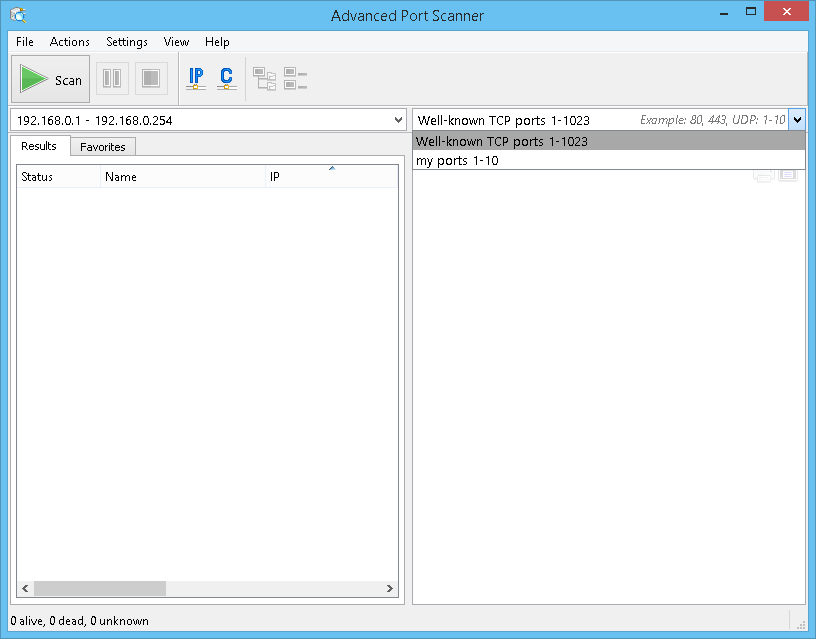Nmap and Port Scanning: Essential Components of the ...
As cyber threats grow more sophisticated and network environments become increasingly complex, the role of Nmap and port scanning is set to become even more critical. Continuous innovation in scanning techniques and integration with emerging technologies will ensure that these tools remain at the forefront of cybersecurity defence.
In cybersecurity, understanding the intricacies of network infrastructures is paramount. Two fundamental concepts that facilitate this understanding are Nmap and port scanning. These tools and techniques are indispensable for network administrators, security professionals, and ethical hackers aiming to safeguard systems against potential threats.
Nmap: Network Discovery and Security Auditing
Nmap, short for Network Mapper, is a free and open-source utility designed for network discovery and security auditing. Developed by Gordon Lyon (also known as Fyodor), Nmap has evolved into one of the most versatile tools in the cybersecurity arsenal. It allows users to discover hosts and services on a computer network, creating a 'map' of the network that provides insights into its structure and vulnerabilities.

Port scanning, on the other hand, is the process of systematically scanning a computer's ports to identify which are open, closed, or filtered. Ports are communication endpoints that enable data exchange over a network. By scanning these ports, one can determine the services running on a system and potential entry points for attacks.
Importance of Port Scanning
Port scanning is critical for network administrators and security professionals as it helps in establishing a network inventory, assessing vulnerabilities, ensuring policy compliance, and detecting unauthorized access. By conducting systematic scans and mapping network devices, administrators gain insights into connected assets, running services, and security weaknesses.
Getting Started with Nmap
Nmap is a versatile tool available on multiple operating systems, including Kali Linux, macOS, and other Linux distributions. Below are the steps to get started on each platform:
- Kali Linux: For Kali Linux, Nmap comes pre-installed. To verify installation, type the command.
- macOS: On macOS, Nmap can be installed using package managers like Homebrew.
- Other Linux distributions: For distributions like Ubuntu or Fedora, Nmap can be installed using respective package managers.
Nmap in Intrusion Detection and Monitoring
Nmap plays a pivotal role in intrusion detection and continuous monitoring, enabling security professionals to proactively identify anomalies and potential security breaches. Its comprehensive scanning capabilities provide visibility into network activity and help in detecting unauthorized access attempts.

Besides intrusion detection, Nmap is also valuable for incident response and forensics analysis. It aids in analyzing compromised systems, identifying attack footprints, and detecting suspicious activities that may indicate a security breach. Its ability to support custom scripting through the Nmap Scripting Engine enhances automated vulnerability detection and malware scanning.
Practical Applications and Future Trends
The utility of Nmap and port scanning extends across various practical applications, including penetration testing, threat hunting, network segmentation, and managing third-party risk. As cyber threats evolve, the future of Nmap and port scanning may involve deeper integration with artificial intelligence and machine learning for quicker and more accurate scan results.
Key Features of Nmap
Nmap's popularity stems from its flexibility, extensibility, performance, and community support. It aids in identifying unauthorized services, ensuring compliance, and early detection of security breaches.
Alternative Tools
While Nmap is a powerful tool, several alternatives like Zenmap, Masscan, Angry IP Scanner, and OpenVAS offer similar functionalities for network scanning and vulnerability assessment.
Advanced Features of Nmap
Nmap offers advanced features such as inferring the operating system of a target device, determining service versions, and leveraging the Nmap Scripting Engine for automated tasks.




















